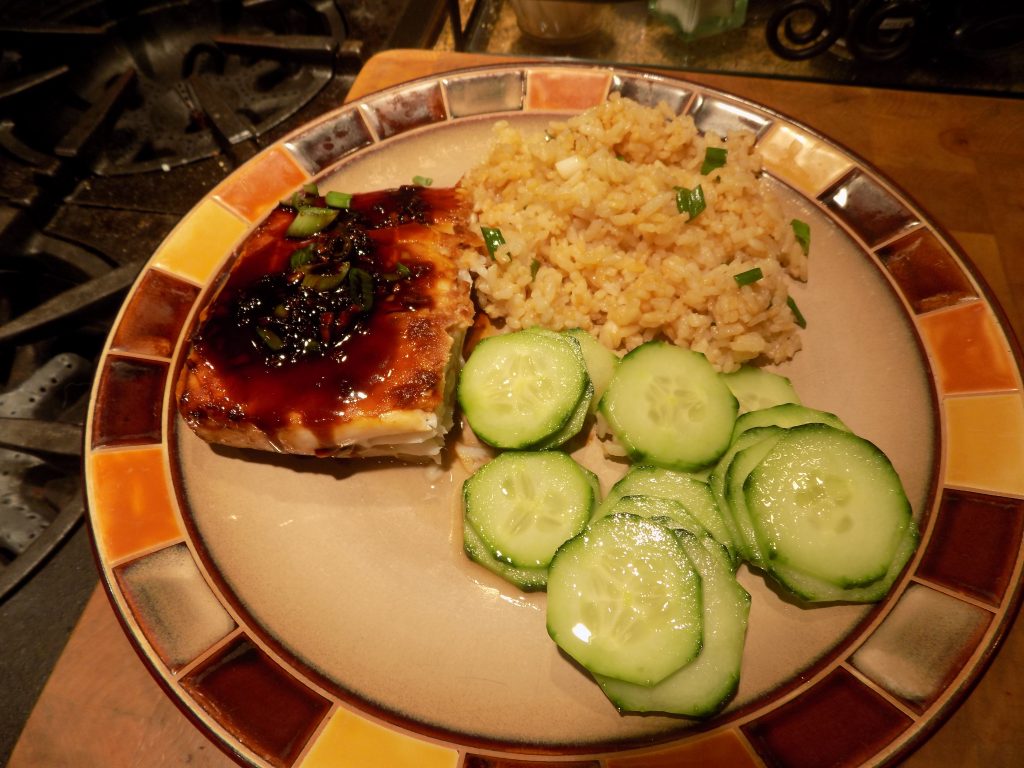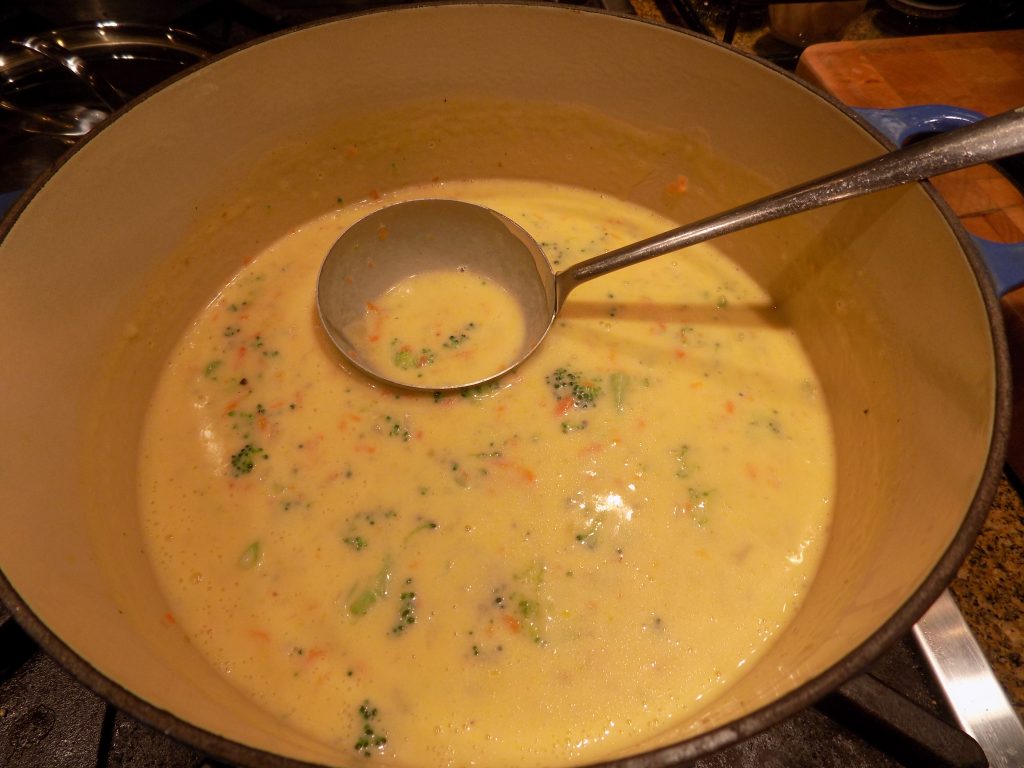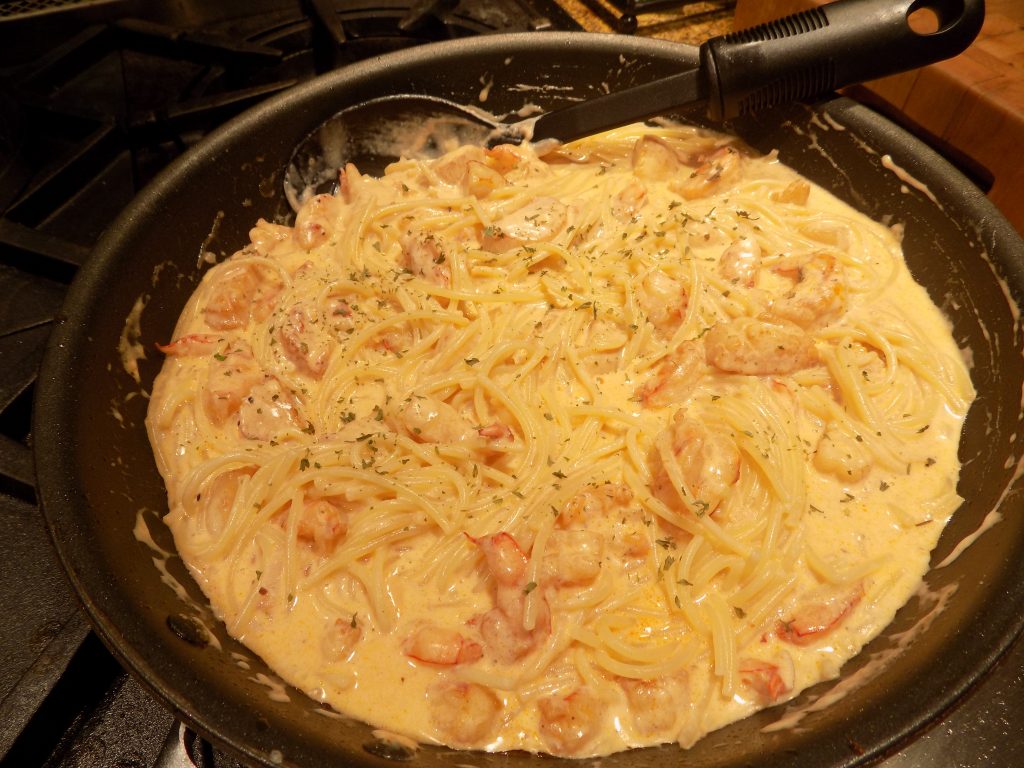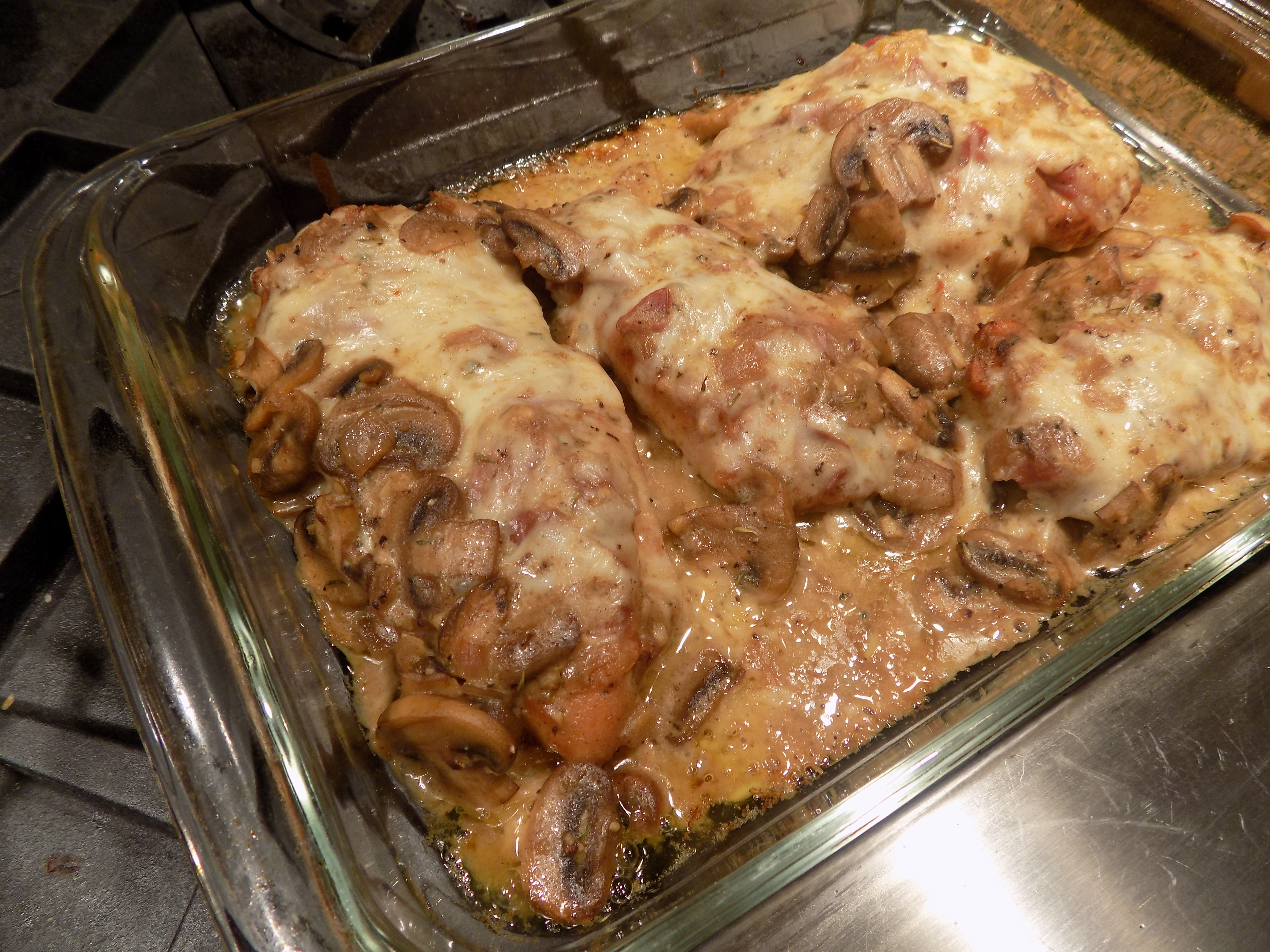Yesterday was a swell day. I made a few more reservations for our upcoming trip to Eastern Europe, got caught up on my “to do” list, and tried a new recipe featuring flank steak. (How could a day be more perfect than that?) Well – the only thing that would have made it even better is if I’d remembered to take a picture of the flank steak before we gobbled it down! But hey! I’m kind of out of the habit since I haven’t been posting recipes as regularly as usual. (Four weeks on a trailer trip and then two weeks of planning our next trip, is my only excuse!)
But I’m back now and eager to share exciting new recipes with you like this one I modified from the Skinny Taste site.
As I mentioned a few weeks ago, I have been on an Asian food kick for months now. So when it came time to think about last evenings’ dinner, I went searching for an Asian inspired marinade for the flank steak that was thawing in my sink. And I found this marvelous and simple recipe.
Mr. C. grilled the steak to perfection, and along with purchased frozen pot stickers “fried” in my air fryer and Sunomono Salad (on this site), we supped royally last evening.
So next time you want a simple and delicious flank steak for dinner, give this recipe a try. And if you have never cooked a flank steak, you are in for even more of a treat. So easy to prepare and the taste is simply marvelous. Just don’t cook the pickles out of it! If you don’t like your beef steak on the rare side, walk away from this recipe. Flank steak will get tough if you cook it too long. It will also loose flavor.
But, I would encourage you not to go to the other extreme either. Not with flank steak. Flank steak is at its best when medium rare. If you like your steak truly rare or even blue rare, then grill a flatiron or top sirloin steak instead. (And yes, I love rare steak as much as the next gal. Moo….) But different cuts of steak are simply tastier when cooked properly. And flank steak is no exception. Medium rare. Repeat after me – medium rare! Thank you. (And enjoy!)
¼ c. reduced sodium soy sauce or Tamari
1 T. vegetable oil
2 T. honey
1 tsp. sesame oil
2 cloves garlic, minced
2 tsp. minced fresh ginger
freshly ground black pepper
pinch crushed red pepper flakes
4 thinly minced green onions, divided
1 tsp. seasoned or regular rice vinegar
1 lb. flank steak, trimmed of all fat and silver skin
In a medium-size bowl, combine the soy sauce, vegetable oil, honey, sesame oil, garlic, ginger, black pepper, crushed red pepper flakes, and half of the minced green onions. Remove 3 tablespoons of the marinade and combine it with the rice vinegar in a small bowl. Cover and refrigerate.
Place remaining marinade and steak in a 1-gallon re-sealable bag (remove as much air as possible) or in the bottom of a small shallow container (cover the pan with plastic wrap). Refrigerate for at least 6 hours or for up to 12 hours. Turn the steak every hour or so during this time. Remove from refrigerator about 45 minutes before you plan to grill the meat.
Remove the steak from the bag or pan and discard the marinade.
Set the grill to high heat. Carefully grease the grill with some oil. Once the grill is hot, add the steak.
Cover and cook the steak until well browned, about 3 to 4 minutes, then flip and cook until desired doneness, about 3 to 4 minutes. Use a thermometer to make certain the temperature doesn’t surpass 122 degrees for a perfect medium rare steak. (If you cook flank steak until no pink is showing, it will be tough.)
Remove from grill, and tent with aluminum foil for about 10 minutes before slicing very thinly against the grain and on a diagonal. Garnish with the remaining green onions. Serve immediately. Pass the reserved marinade as a sauce.











